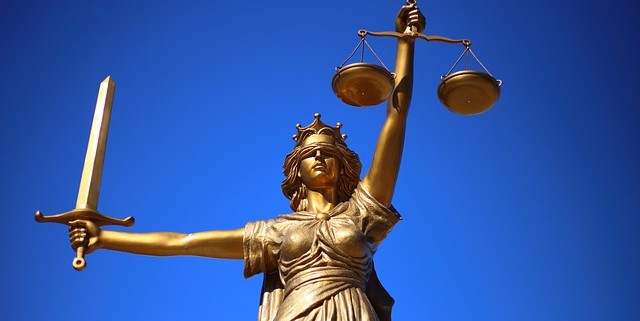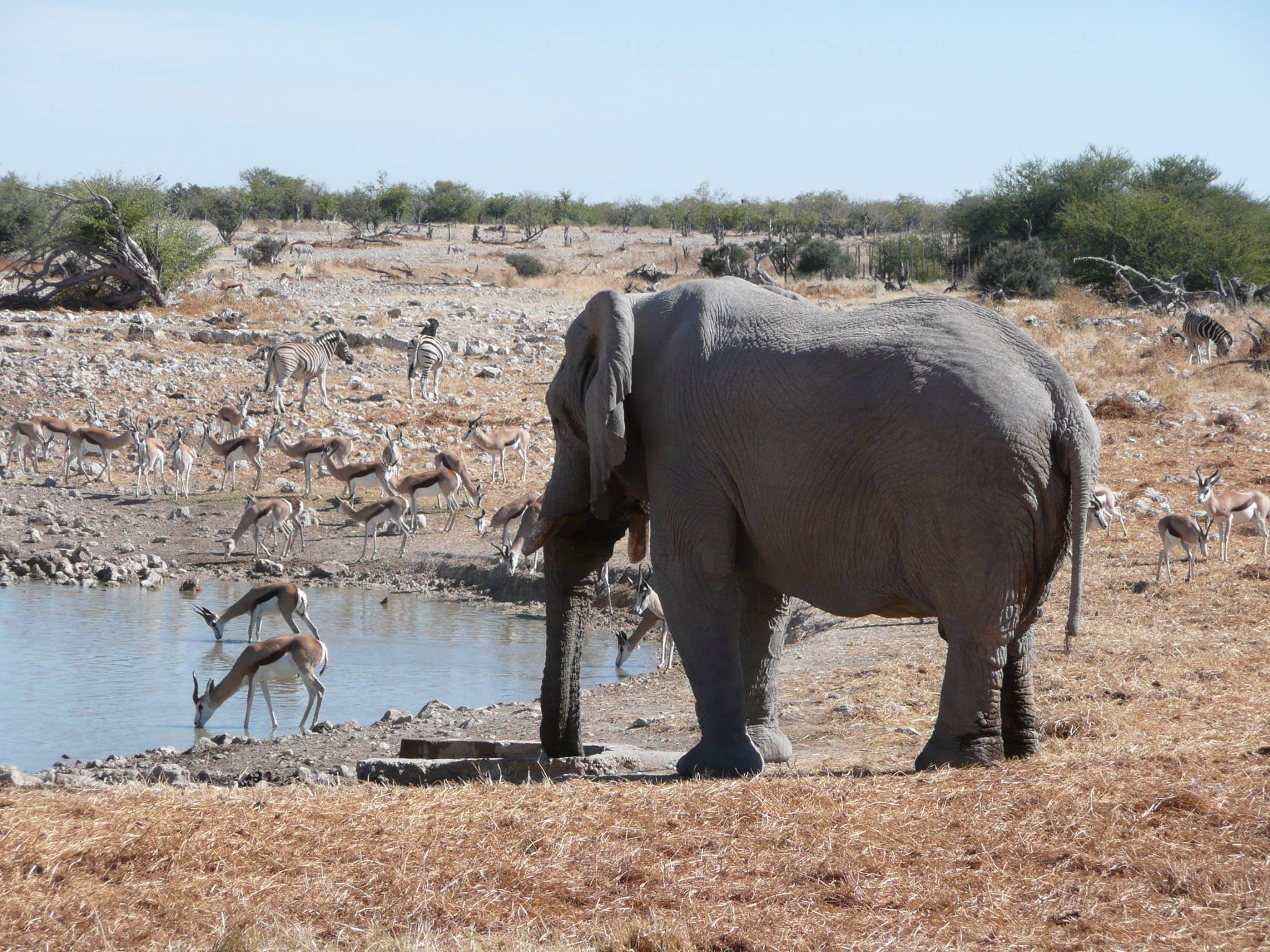
Politics Namibia
A brief overview of politics in Namibia
Namibia has been an independent country now for just over 20 years, and throughout this time its political system has remained fairly steady and focussed on its goals. The country itself is based on a presidential representative democratic republic framework, with the President being both the head of government and head of state of Namibia.
During it's independence in 1990, a bill of rights was created as well as a multi-party system which has remained in tact to this day.
The current President of Namibia is Hifikepunye Pohamba, with the Prime Minister being Nahas Angula. Both are members of the SWAPO party which was a massive driving force for the countries independence and is Namibia's largest.
Namibia is world renowned for being one of the first ever countries to incorporate the environment and the protection of it in it's constitution due to its large areas of conservation and wilderness.
Namibia is referred to as a one party state, with an opposition being allowed that usually has little to no chance of actually getting into power. Elections are held in Namibia every 5 years and the President is elected based on popular vote. Hifikepunye Pohamba was elected in 2009 with a whopping 75.25% of the vote.
Once the President is elected, they will then appoint the Prime Minister to be in control of the government. There are 13 regions in Namibia in which to vote in and votes are then tallied up from all of the regions to determine the election result. With the country being such a fresh face on the world scene, it remains to be seen how it will adapt its well structured politics into the future.



